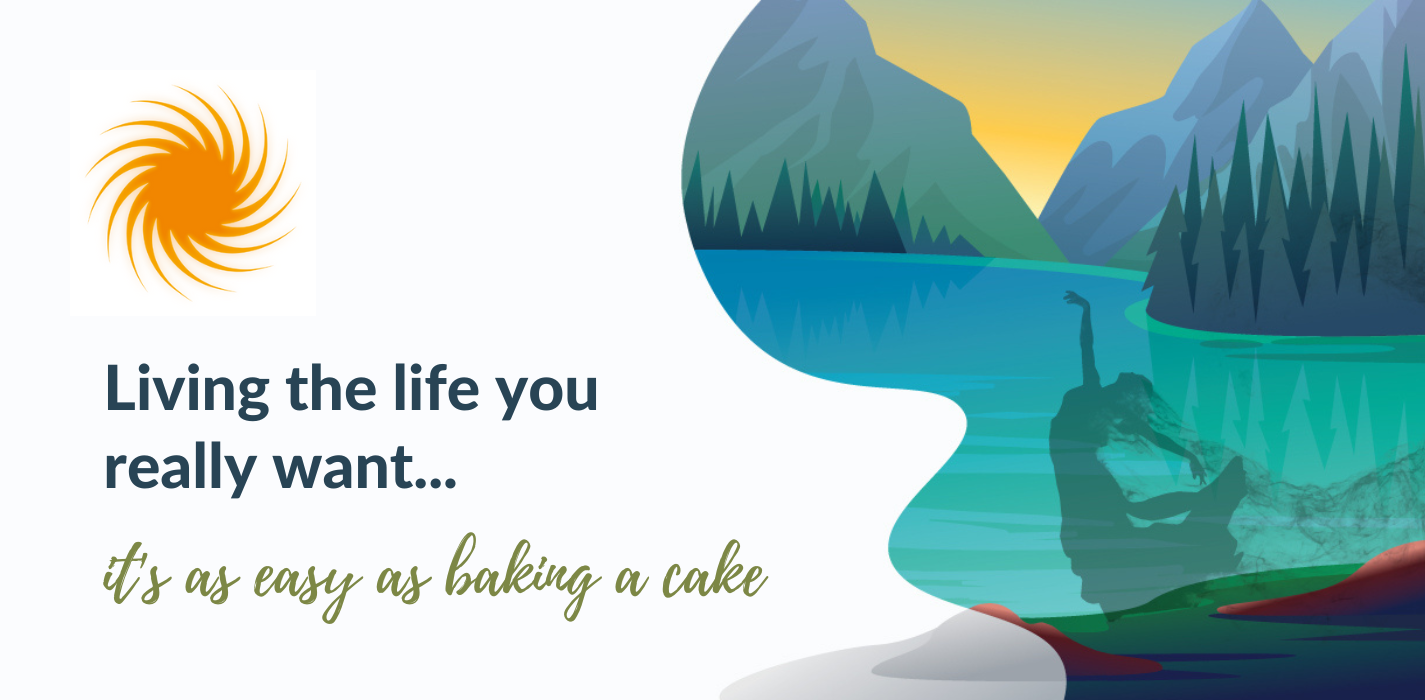It’s summertime, and as Ella Fitzgerald sang, “the livin’ is easy.” But what about the working, the staying on task, the getting-things-done? For those, your newfound appreciation of swimming pools and ice cream may be leading you astray. So how, in a season of fun in the sun, do you actually achieve anything?
I’m here to tell you that enjoyment and accomplishment aren’t mutually exclusive. We’ve talked about the relationship between happiness and productivity before on this blog, and never does that hold more true than in the summer. It’s the time when the excitement of life and energy for work can go hand-in-hand. Where some make summertime work the enemy of summertime fun, you can capitalize on the power of both. Here are some tips for making fun work and work fun:
-
Let yourself take breaks. Variety is the spice of life, and it’s the spice of work as well. No one is at their best in the midst of an hours-long slog, and you want the quality of your work to represent you at your best. So teach yourself to (temporarily) walk away from a task instead of trying to push through it. A break will help you refocus, re-engage, and re-inspire yourself for even better work when you return. Scientists agree; according to a productivity study cited by The Atlantic, the ideal balance is 52 minutes for working, followed by a 17 minute break.
-
Surround yourself with fun AND productive people. We all have friends who look like they’re having fun 24/7. One look at their Facebook wall – or a slideshow from their trip to the Bahamas – and you can get a major case of FOMO (Fear of Missing Out). But nobody can have fun all of the time. It’s important to be reminded of this, so that you can allow yourself periods of productivity along with your time to let loose. The more you emulate people who have a healthy balance between work and play, the more you’ll find satisfaction in both.
-
Build in active time during your daily schedule. Productivity relies on so much more than your sheer force of will. Being healthy, in both body and mind, can boost your motivation and ability – as well as allow you to have more fun. Studies show that exercise that improves both mental and physical health also has a profound impact on productivity. So take that morning run, that afternoon bike ride, or that noontime dip in the pool – your workday will be more fruitful because of it.
-
Listen to music (really!) This one is controversial – take it from any student who has argued with a teacher about using earbuds during a test! But studies show that music can increase productivity by relaxing and refocusing the brain away from other aural distractions. Now before you jam out to Beyoncé at your desk, know that there are limits to music’s benefits. Music without lyrics, and for short durations of time, usually works best in creating a relaxed focus.
-
Expose yourself to nature. No, this doesn’t mean “go out for a hike every day” – hardly anybody has the time, let alone the energy! But research shows that even just a little green in your day – from having an office window facing trees to a 20-minute walk in the park – can drastically improve your output. Make sure you aren’t cooped up, and you’ll be feeling and working better in no time.

